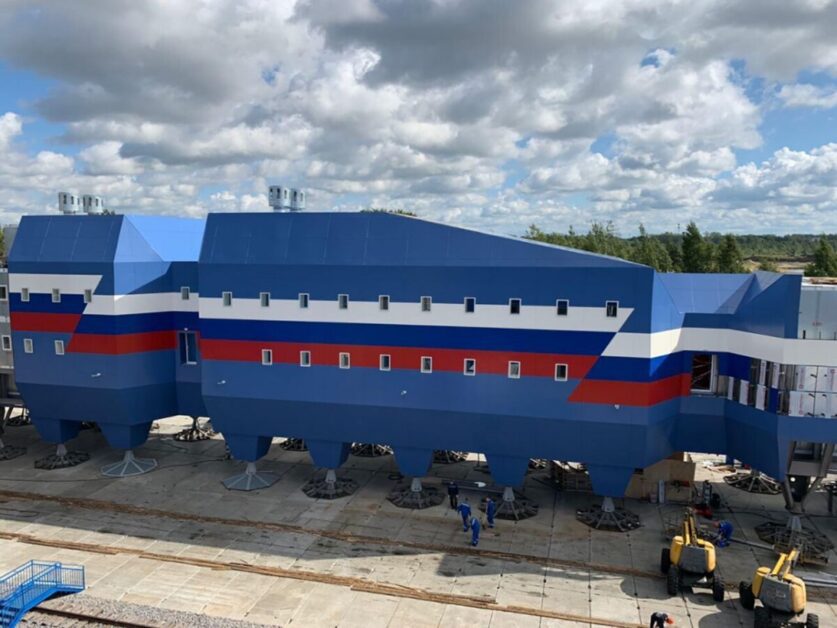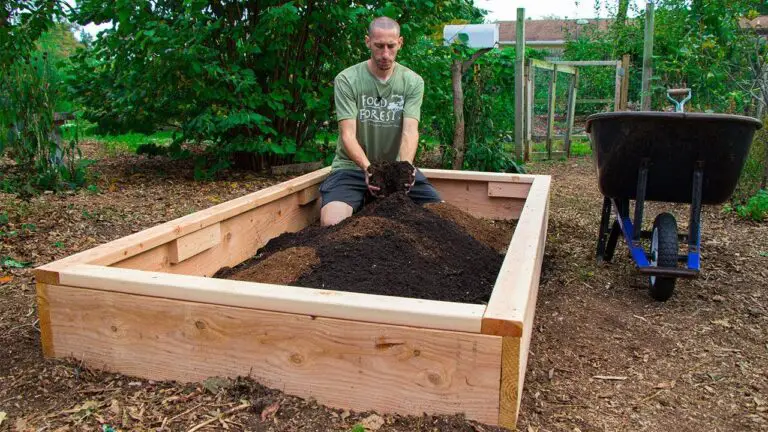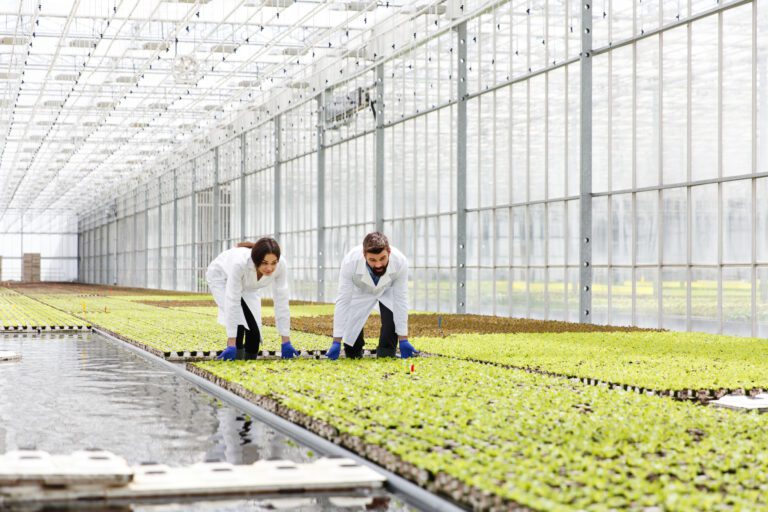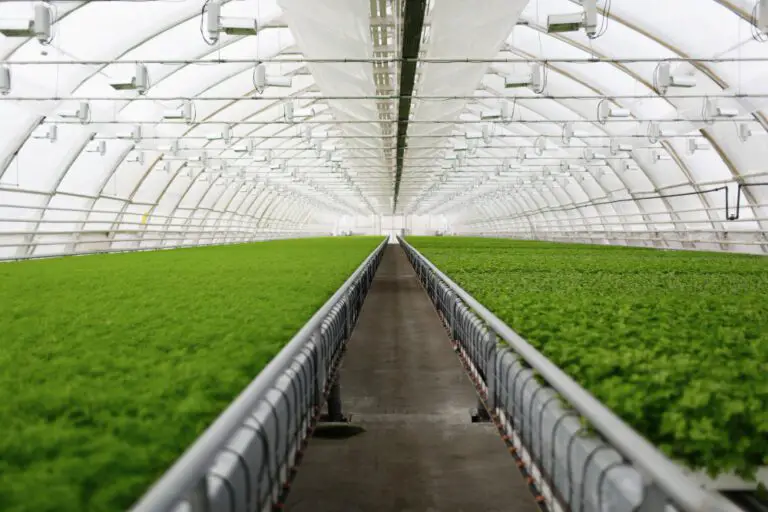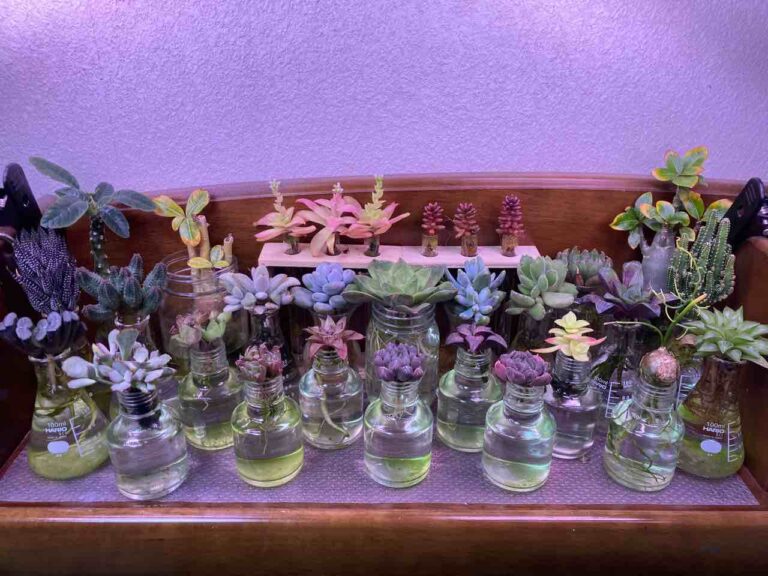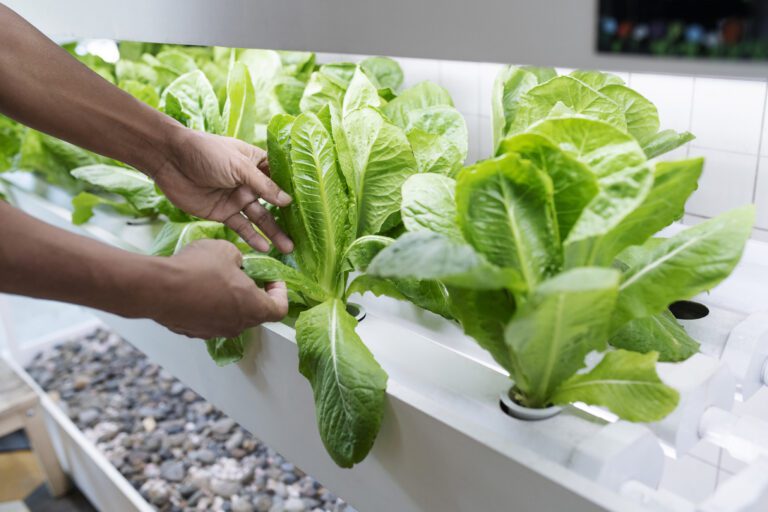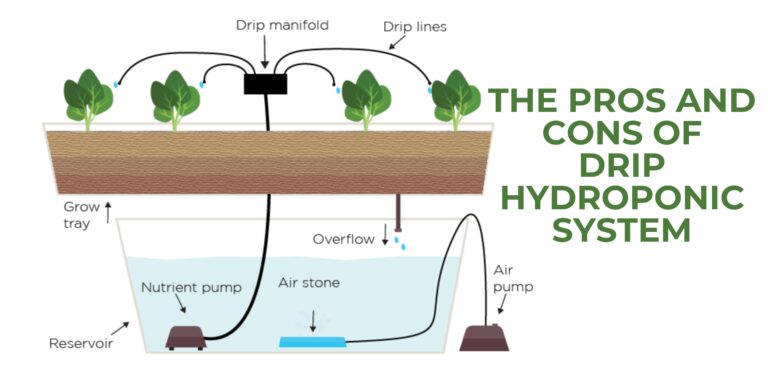The Incredible Hydroponic Breakthrough at vostok antarctic station, the Coldest Place on Earth
Table of Contents
If you think growing watermelons in Antarctica is impossible, think again. Scientists at the Vostok Antarctic Station have achieved this remarkable feat using advanced hydroponic technology. This is not only a testament to human ingenuity, but also a potential solution for food security in extreme environments.
What is Vostok Antarctic Station?
Vostok Antarctic Station is a Russian research station located near the South Pole, at an elevation of 3,488 meters above sea level. It is the coldest place on Earth, with an average annual temperature of -55.5°C and a record low of -89.2°C. The station was established in 1957 and has been continuously manned since then. It is famous for its scientific discoveries, such as the drilling of the deepest ice core and the exploration of the subglacial Lake Vostok.
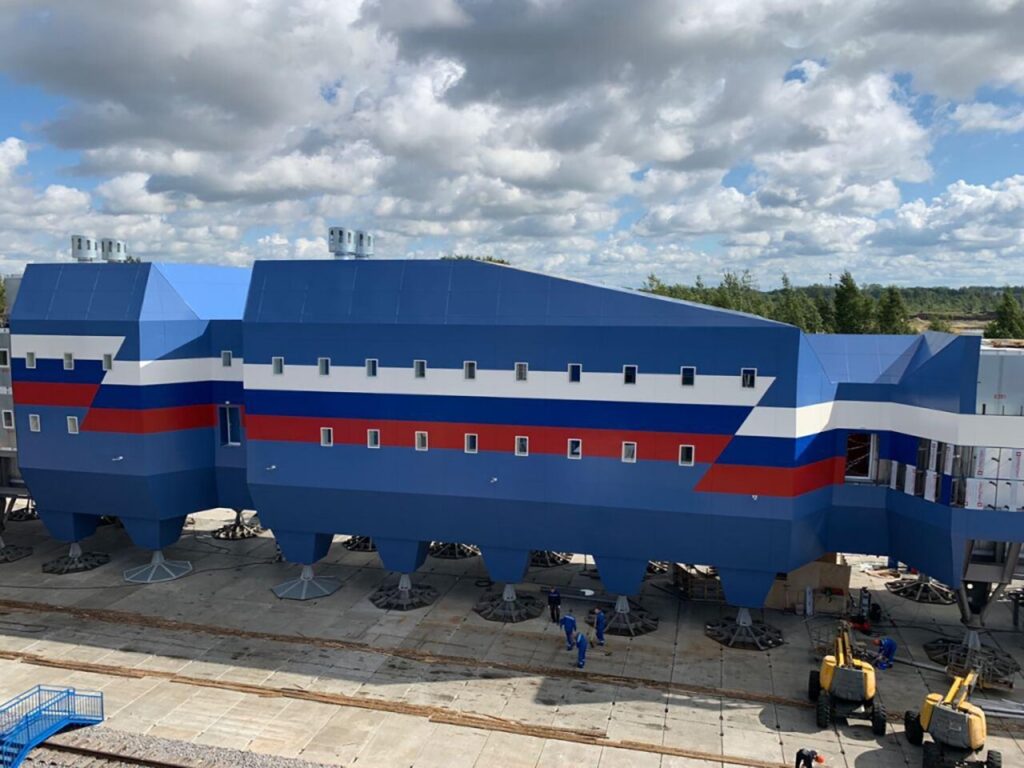
How did they grow watermelons in Antarctica?
The scientists at Vostok Antarctic Station used a technology called “panoponica”, which is a combination of systems that create the optimal conditions for plant growth and development. These systems include artificial lighting, hydroponic irrigation, nutrient solutions, climate regulation, and trellises. By using these systems, the scientists were able to grow up to 100 kg of cucumbers, 149 kg of leafy cabbage, 29 kg of tomatoes, 11 kg of sweet peppers, and 8 watermelons per square meter in specially designed greenhouses. The watermelons took 103 days to ripen and had a sweet taste and aroma.
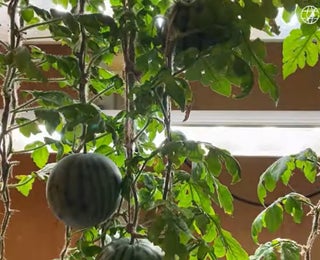
Why is this breakthrough important?
This breakthrough is important for several reasons. First, it demonstrates the feasibility and efficiency of hydroponic farming in extreme environments, where conventional agriculture is impossible or impractical. Hydroponic farming can save water, space, and energy, and produce higher yields and quality than soil-based farming. Second, it provides a reliable and sustainable source of fresh food for the polar researchers, who face harsh conditions and isolation for many months. Fresh food can improve their physical and mental health, as well as their morale and productivity. Third, it opens up new possibilities for future exploration and colonization of Antarctica and other planets, where food security is a major challenge.
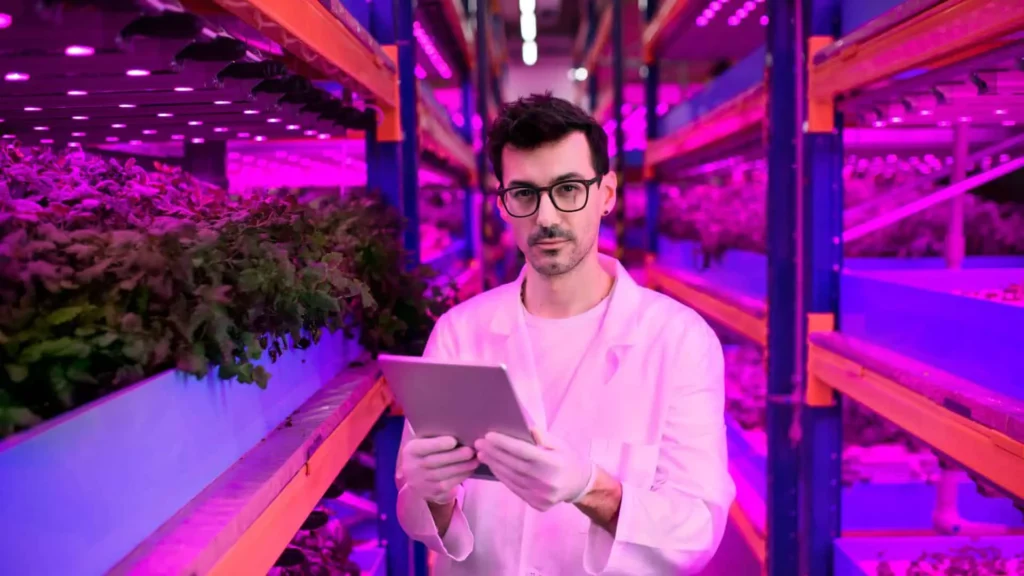
What are the next steps?
The scientists at Vostok Antarctic Station are not stopping at watermelons. They are planning to launch a new winter complex in early 2024, which will feature an advanced greenhouse with more capacity and variety. They are also experimenting with forest berries, such as blackberries, blueberries, and strawberries, which have high nutritional and medicinal value. The scientists hope to share their experience and technology with other Antarctic stations and countries, and contribute to the advancement of hydroponic farming and polar research.
Growing hydroponically in extremely cold weather
Growing hydroponically in extremely cold weather can be challenging, but not impossible. Here are some things to take care of when growing hydroponically in extremely cold weather:
- Choose crops that can tolerate low temperatures, such as lettuce, kale, spinach, chives, oregano, and strawberries. These crops can thrive in hydroponic systems even in winter, as long as they have enough light and nutrients.
- Use a heating system to keep the water temperature at the optimal range for your crops. The water temperature affects the oxygen level, nutrient uptake, and root health of your plants. A submersible water heater or an aquarium heater can help you maintain the water temperature between 18°C and 24°C.
- Insulate your hydroponic system to keep the heat inside and prevent heat loss. You can use foam, bubble wrap, or other insulating materials to cover your reservoir, pipes, and containers. You can also use a greenhouse or a grow tent to create a warmer and more stable environment for your plants.
- Use artificial lighting to supplement the natural light and extend the growing season. The amount and quality of light affect the photosynthesis, growth, and flowering of your plants. You can use LED, fluorescent, or HID lights to provide your plants with the appropriate light spectrum and intensity. You may need to adjust the light cycle and duration depending on the type and stage of your crops.
- Monitor and adjust the pH and EC levels of your nutrient solution regularly. The pH and EC levels affect the availability and absorption of nutrients by your plants. The optimal pH range for most hydroponic crops is between 5.5 and 6.5, and the optimal EC range is between 1.0 and 2.0 mS/cm. You can use a pH meter and an EC meter to measure and adjust these levels as needed.
FAQs on the hydroponic breakthrough at Vostok Antarctic Station, the coldest place on Earth:
Q: What is hydroponic farming and how does it differ from conventional farming?
A: Hydroponic farming is a method of cultivating plants without soil, using mineral nutrient solutions in a water solvent. It differs from conventional farming in that it saves water, space, and energy, and produces higher yields and quality than soil-based farming. Hydroponic farming can also be done in controlled environments, such as greenhouses, where the temperature, humidity, light, and other factors can be adjusted to optimize plant growth and development.
Q: What is panoponica technology and how does it enhance hydroponic farming?
A: Panoponica technology is an advanced form of hydroponic farming that integrates multi-level growing systems, sophisticated climate control, and innovative nutrient delivery methods to increase yield, efficiency, and sustainability dramatically. Panoponica technology uses phytotechnical complexes, which are combinations of systems that provide the ideal conditions for different types of crops. For example, artificial lighting, hydroponic irrigation, nutrient solutions, computer-controlled climate regulation, and trellises are some of the components of the phytotechnical complex that can be employed in various combinations, depending on the crop and the available space.
Q: How did the scientists at Vostok Antarctic Station manage to grow watermelons in the coldest place on Earth?
A: The scientists at Vostok Antarctic Station used the phytotechnical complex to create favorable conditions for watermelon cultivation in their specially designed greenhouses. They used artificial lighting to extend the growing season, hydroponic irrigation to keep the plants properly watered, nutrient solutions to give the plants all the necessary nutrients, climate regulation to maintain optimal temperatures, and trellises to support the vines. The watermelons took 103 days to ripen and had a sweet taste and aroma.
Q: Why is this breakthrough important for polar research and exploration?
A: This breakthrough is important for polar research and exploration because it provides a reliable and sustainable source of fresh food for the polar researchers, who face harsh conditions and isolation for many months. Fresh food can improve their physical and mental health, as well as their morale and productivity. This breakthrough also opens up new possibilities for future exploration and colonization of Antarctica and other planets, where food security is a major challenge.

Nicole Burke is a dynamic writer at SouthElMonteHydroponics, fueled by her passion for horticulture and environmental sustainability. Armed with a degree in Environmental Science from a renowned institution, Nicole’s expertise lies in hydroponic gardening, organic farming, and biodiversity conservation. Her insatiable curiosity and love for nature drive her to explore innovative techniques in hydroponics, seeking to revolutionize the way we grow crops in urban environments. Nicole’s writing reflects her deep commitment to promoting eco-conscious practices and fostering a deeper connection between humans and the natural world. Through her engaging storytelling, she inspires others to embrace sustainable living and harness the power of hydroponics for a greener future.

